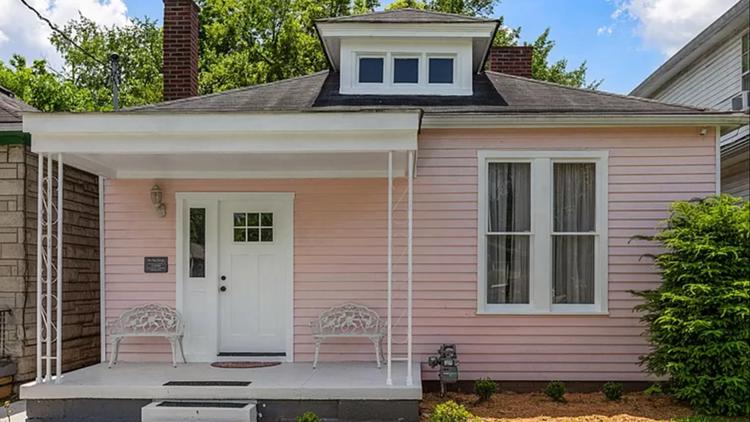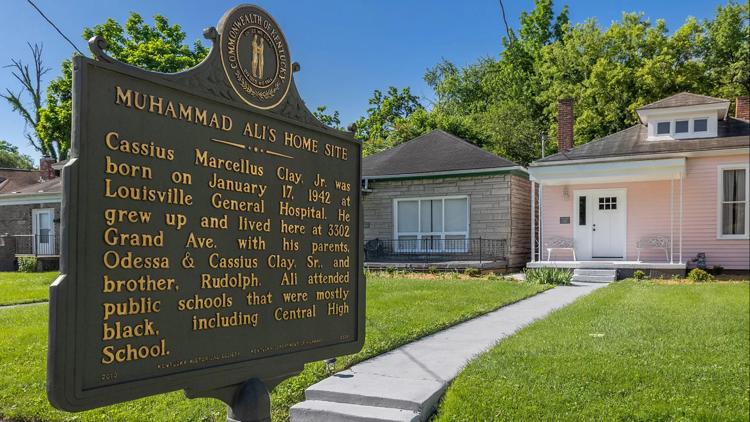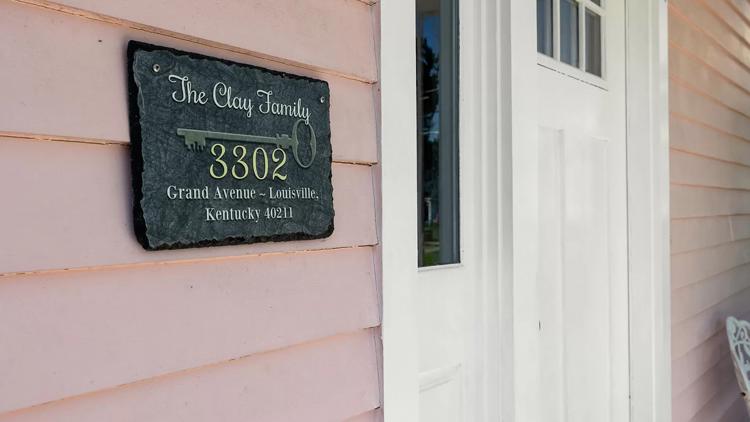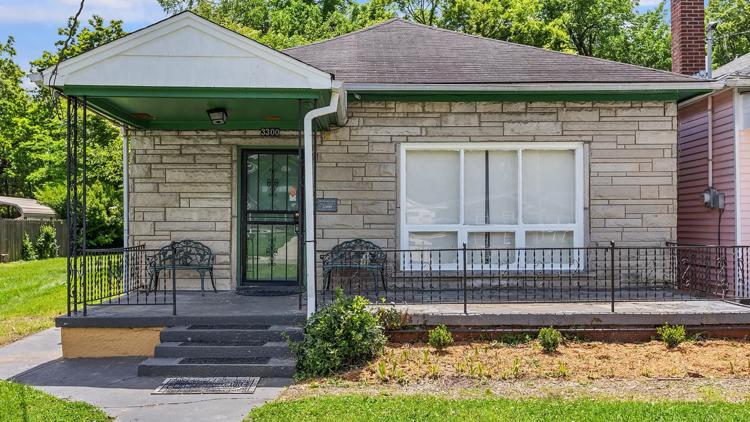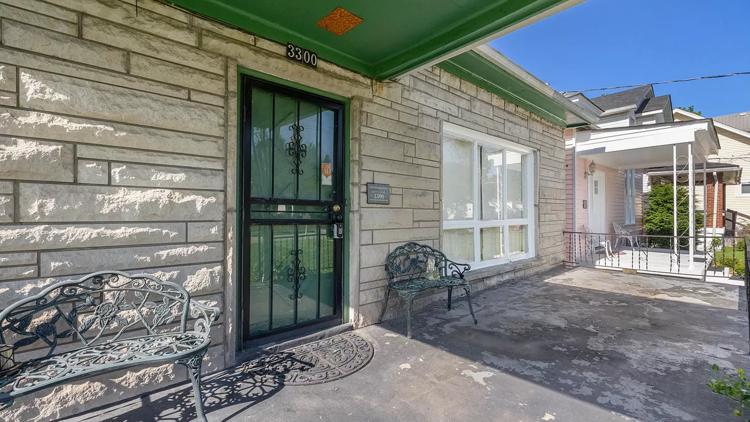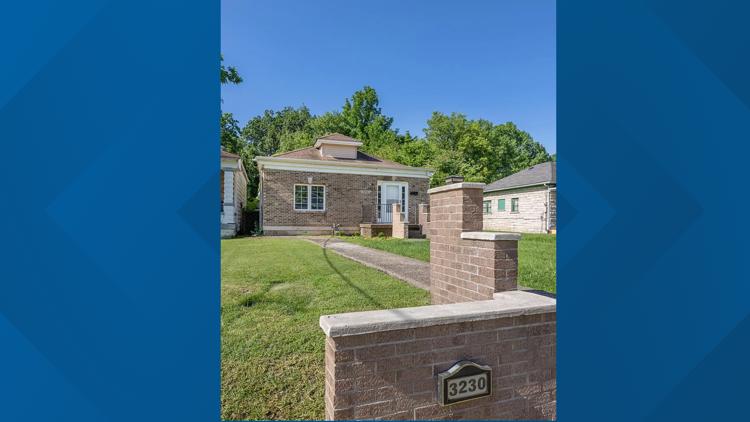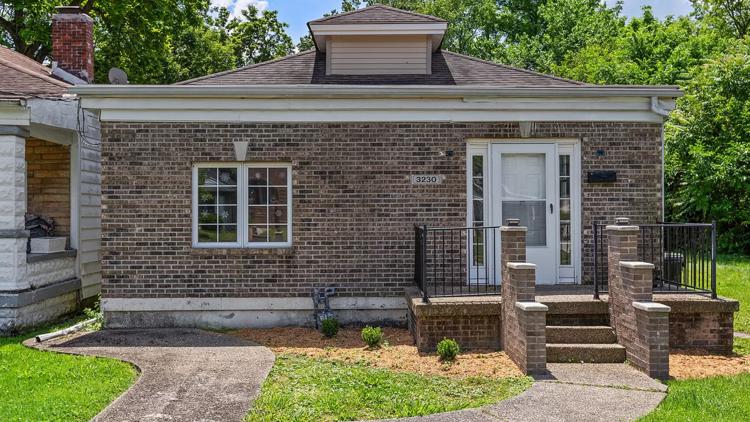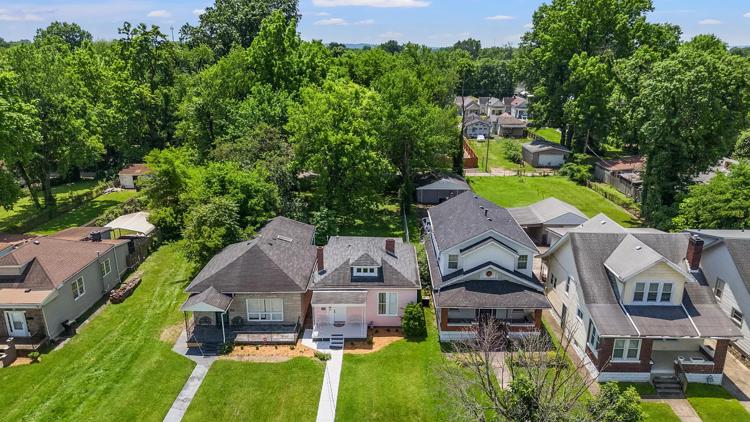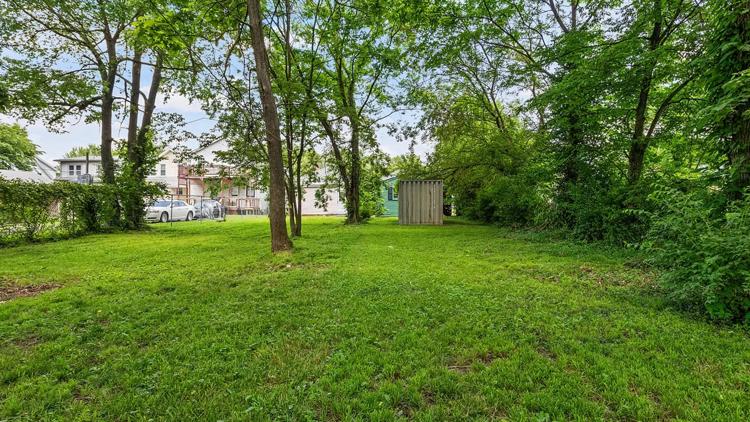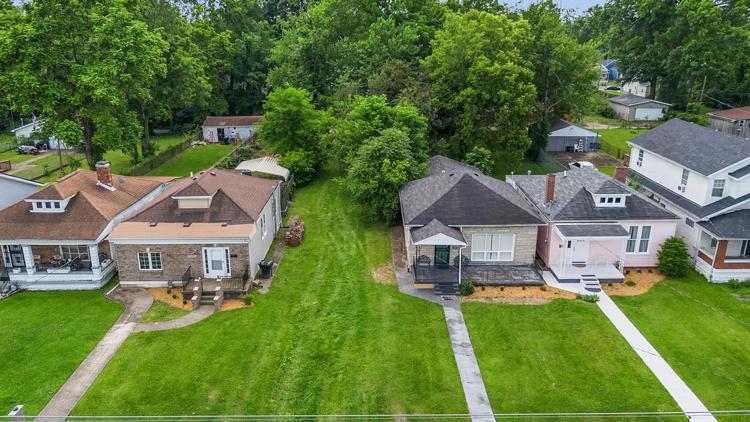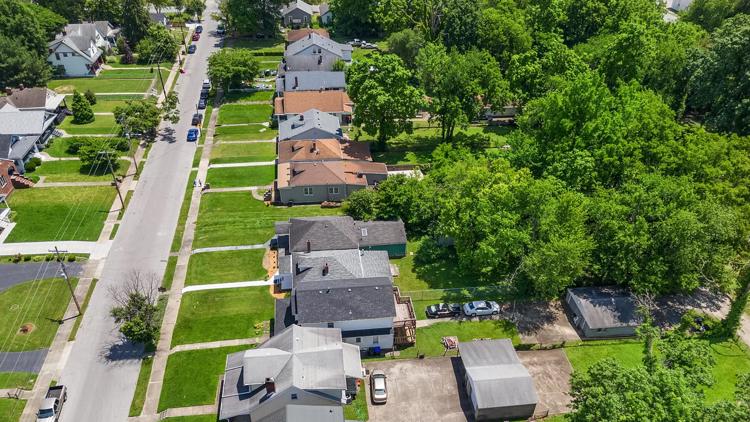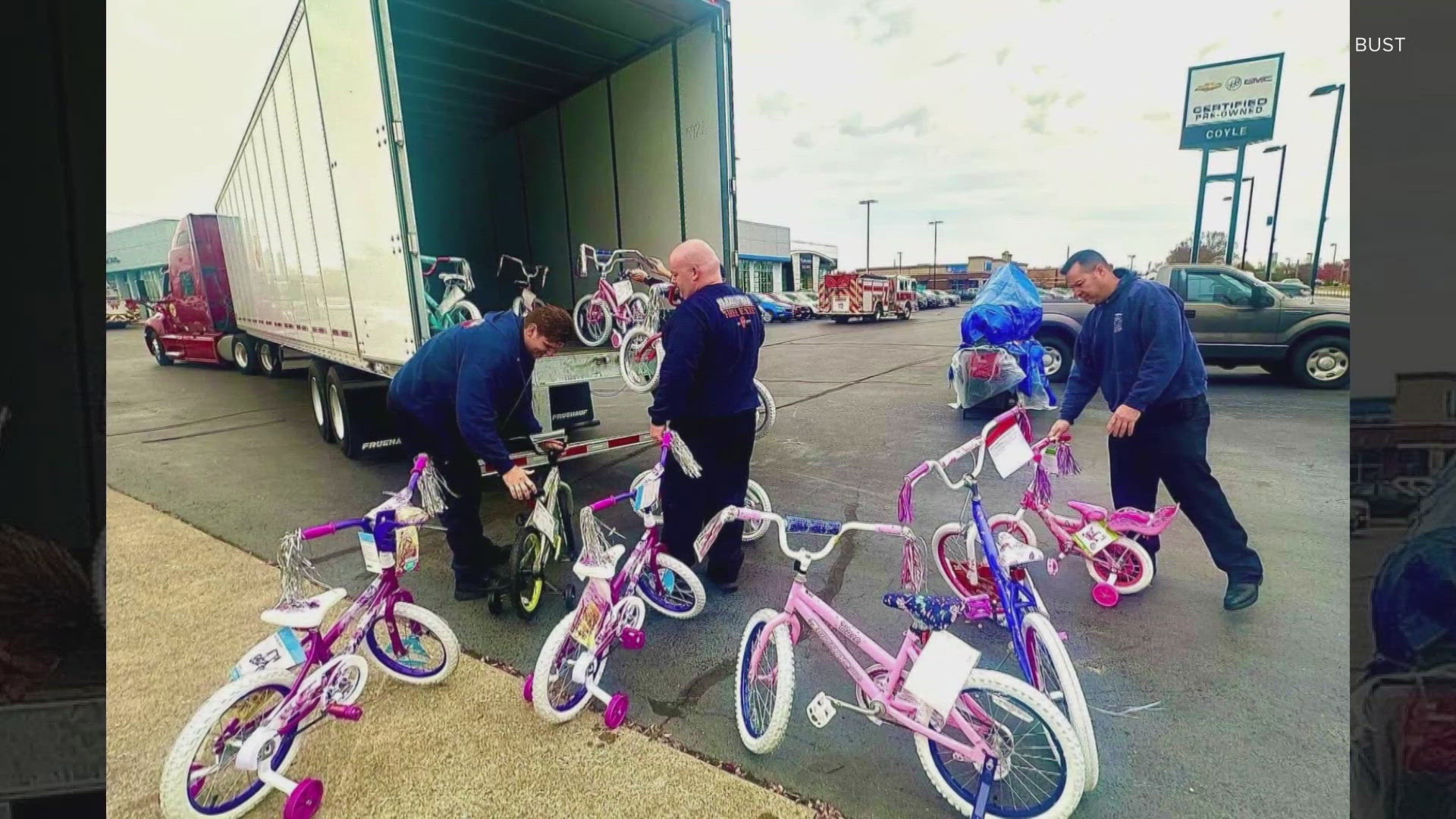LOUISVILLE, Ky. — The iconic pink house where Muhammad Ali grew up in is officially up for sale.
From the age of four until he was 18, Ali, then known as Cassius Marcellus Clay, Jr., lived at 3302 Grand Avenue in Louisville's Parkland neighborhood with his parents and younger brother.
The two-bedroom, one-bathroom house was converted into a museum that offered a glimpse into the formative years of the boxing champion and humanitarian known worldwide as The Greatest. The house went on the market Tuesday along with two neighboring homes — one was turned into a welcome center-gift shop and the other was meant to become a short-term rental.
The two neighboring properties are located at 3300 and 3230 Grand Avenue.
"Revered as one of the greatest athletes and prolific public figures, this property is where it all began for The Champ," the listing on Zillow said. "The place where he learned to box, won the Olympic gold medal and began his professional boxing career, this historic landmark and museum was previously restored to reflect the accuracy of the property when the former boxing icon resided with his family."
The owners are asking $1.5 million for the three properties. Finding a buyer willing to maintain Ali's childhood home as a museum would be “the best possible result,” co-owner George Bochetto said.
"This home is just like it was when we were boys,” Rahaman Ali, Ali’s brother, said. “My brother dreamed of being a boxing champion in this house – it’s truly where his enduring legacy began."
PHOTOS | Muhammad Ali's childhood home listed for $1.5 million on Zillow
“This is a part of Americana," said Bochetto, a Philadelphia attorney and former Pennsylvania state boxing commissioner. "This is part of our history. And it needs to be treated and respected as such.”
The museum opened for tours shortly before Ali's death in 2016. Bochetto and his business partner at the time renovated the frame house to how it looked when Ali — known then as Cassius Clay — lived there with his parents and younger brother.
“You walk into this house ... you’re going back to 1955, and you’re going to be in the middle of the Clay family home,” Bochetto told The Associated Press during a 2016 interview.
Using old photos, the developers replicated the home's furnishings, appliances, artwork and even its pink exterior from Ali's days living there. The museum featured videos focused on the story of Ali's upbringing, not his storied boxing career.
"To me, that’s the bigger story and the more important story,” Bochetto said in an interview last week.
Ali got his start in boxing after his bicycle was stolen. Wanting to report the crime, the 12-year-old Ali was introduced to Joe Martin, a police officer who doubled as a boxing coach at a local gym. Ali told Martin he wanted to whip the culprit. The thief was never found, nor was the bike, but Ali became a regular in Martin’s gym.
Ali lived in the home when he left for the 1960 Olympics. He returned as a gold medal winner, launching a career that made him one of the world’s most recognizable figures as a three-time heavyweight boxing champion and globetrotting humanitarian.
The home became a worldwide focal point on the day of Ali's burial, when hundreds of people lined the street in front of the house as his hearse and funeral procession slowly passed by.
Despite its high-profile debut, the museum ran into financial troubles and closed less than two years after opening. The museum is situated in a western Louisville neighborhood several miles from downtown, where the Muhammad Ali Center preserves his humanitarian and boxing legacies.
As efforts to reopen the childhood museum languished, offers to move the 1,200-square-foot (111-square-meter) house to Las Vegas, Philadelphia and even Saudi Arabia were turned down, Bochetto said.
“I wouldn’t do that because it’s an important piece of Louisville history, Kentucky history and I think it needs to stay right where it is,” he said.
Las Vegas real estate investor Jared Weiss bought the Ali childhood house — then rundown and vacant — in 2012 for $70,000 with plans to restore it. Three years later, Weiss formed a partnership with Bochetto, who acquired a half interest in the project. Both were avid fans of Ali, and they spent hundreds of thousands of dollars on the restoration project. They also purchased the two neighboring homes, financed a documentary, subsidized museum operations and incurred expenses for all three properties. Weiss has since died and his wife is the project's co-owner, Bochetto said.
Now, Bochetto said he's hoping they'll find a buyer with the “marketing and operational know-how” to make the museum a success.
“I want to make sure that it continues in that fashion and never goes back to where it’s abandoned or dilapidated,” he said. “That should never have happened.”
For more photos and information, visit the Zillow listing here.
Make it easy to keep up-to-date with more stories like this. Download the WHAS11 News app now. For Apple or Android users.
Have a news tip? Email assign@whas11.com, visit our Facebook page or Twitter feed.


